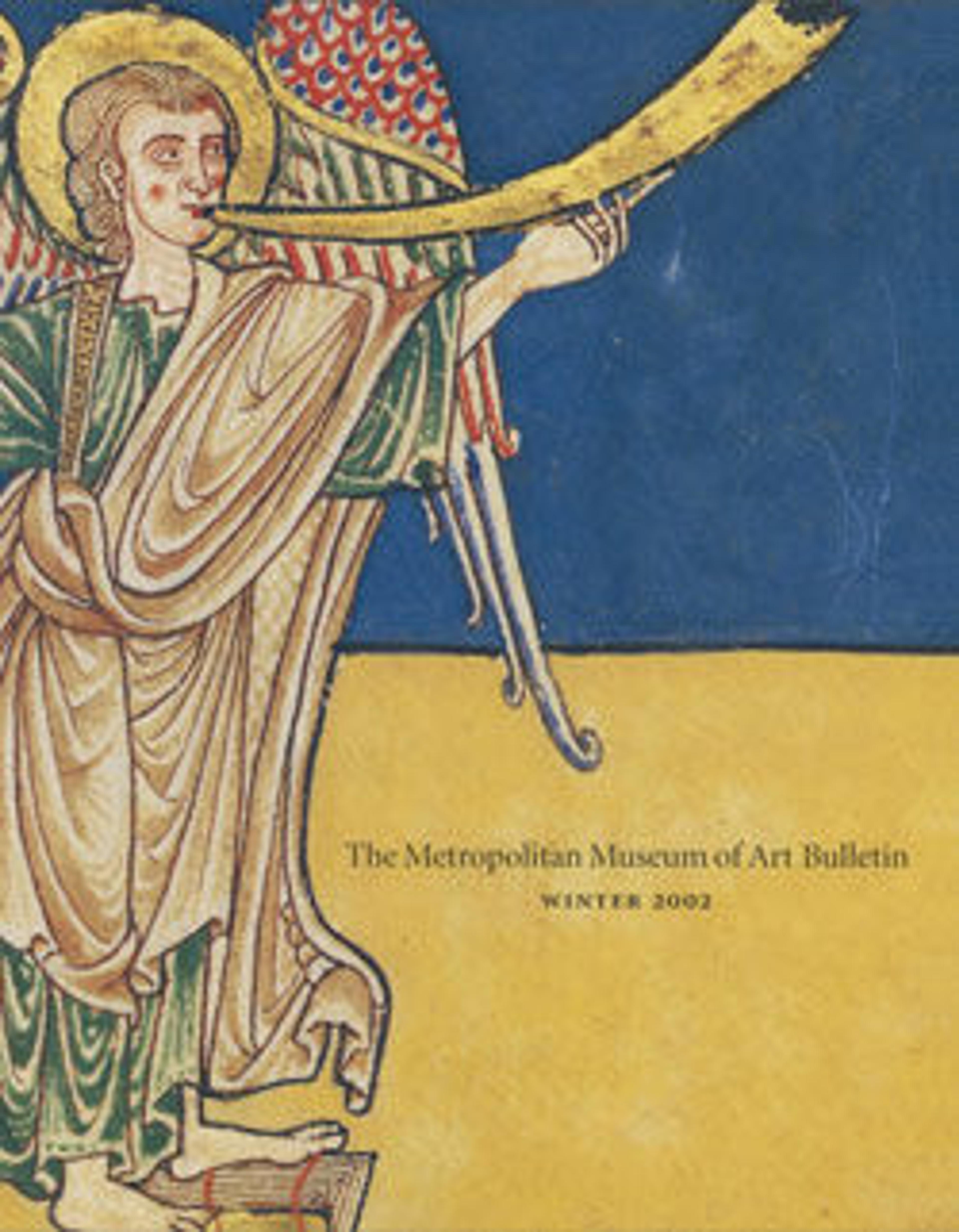Falcon
This skillfully cast falcon, said to have been found in Italy in 1925, has been associated with the Hohenstaufen emperors, a Germanic dynasty ruling over much of what are now Germany and Italy. As symbols of their authority, they carried staffs surmounted by eagles, but the heavy copper alloy of this example suggests that it decorated a throne or other piece of furniture, such as the top of a tent pole. The falcon, which appears to be a specific type called a gerfalcon, suggests a link to Emperor Frederick II (r. 1215–50), who wrote the standard medieval treatise on the art of falconry, an aristocratic sport that he pursued avidly.
Artwork Details
- Title: Falcon
- Date: ca. 1200–1220
- Culture: South Italian
- Medium: Bronze, traces of gilding
- Dimensions: Overall: 11 x 6 1/2 x 3 1/8 in. (27.9 x 16.5 x 7.9 cm)
- Classification: Metalwork-Bronze
- Credit Line: The Cloisters Collection, 1947
- Object Number: 47.101.60
- Curatorial Department: Medieval Art and The Cloisters
More Artwork
Research Resources
The Met provides unparalleled resources for research and welcomes an international community of students and scholars. The Met's Open Access API is where creators and researchers can connect to the The Met collection. Open Access data and public domain images are available for unrestricted commercial and noncommercial use without permission or fee.
To request images under copyright and other restrictions, please use this Image Request form.
Feedback
We continue to research and examine historical and cultural context for objects in The Met collection. If you have comments or questions about this object record, please contact us using the form below. The Museum looks forward to receiving your comments.
